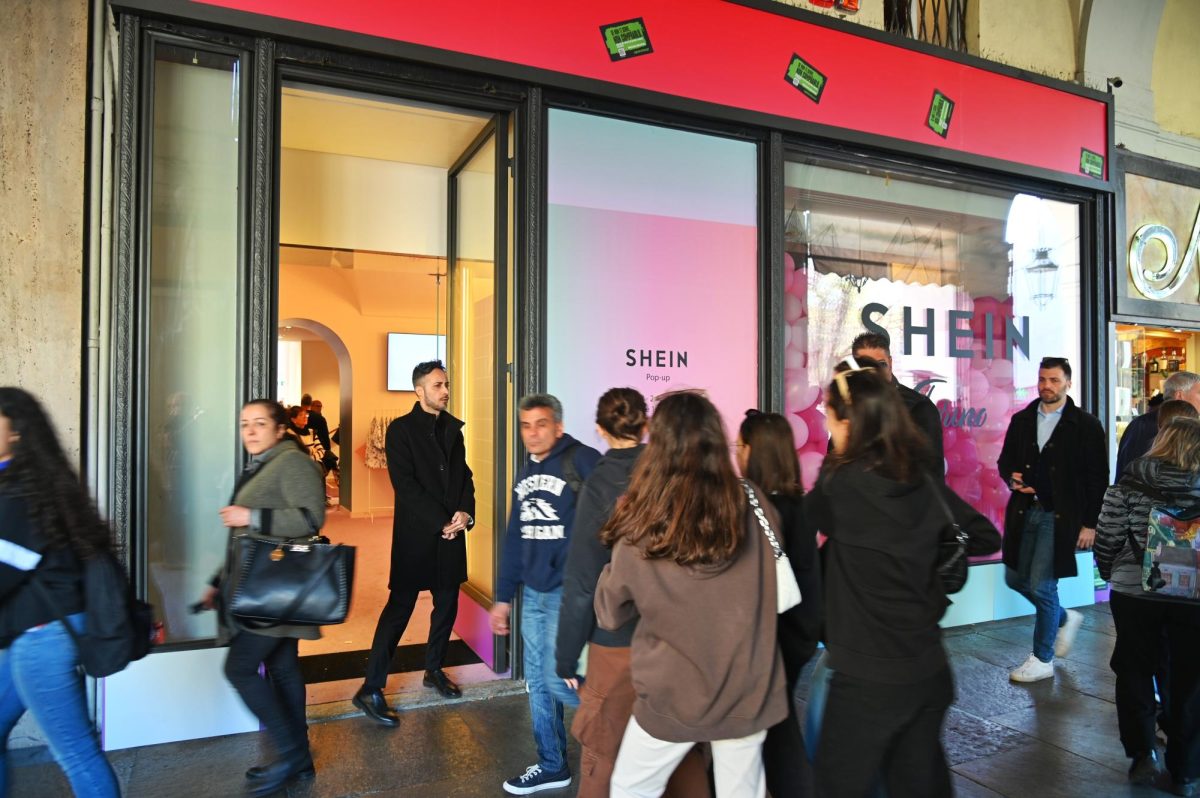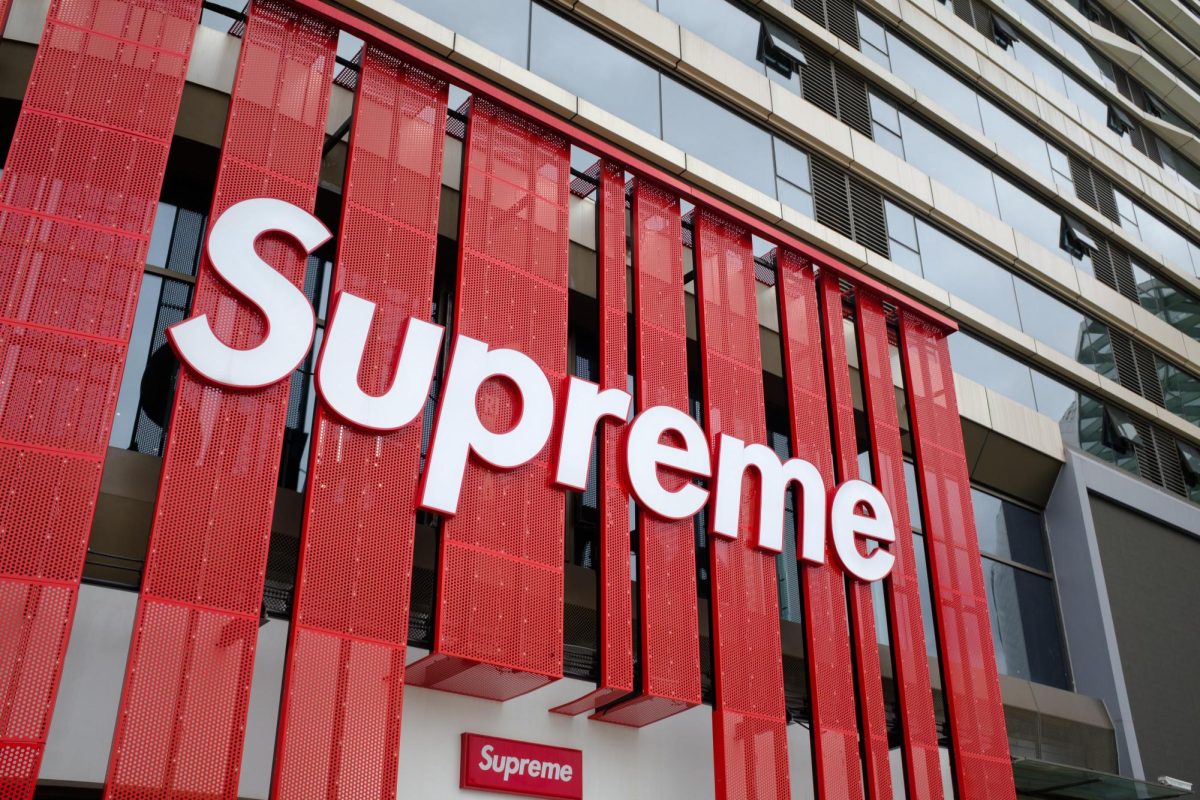When someone mentions fast fashion, they usually talk about the low-price and poor quality of the clothes, but fast-fashion companies have also become a nightmare for independent designers.
With fewer resources than huge established companies and higher prices, small fashion businesses are an easy target for large fast-fashion companies looking to make quick money with little effort.
The quick pace of current fashion trends requires fast-fashion companies looking to make a profit to produce trendy pieces quickly. To do this, fast-fashion companies have resorted to stealing and sometimes minorly changing garment designs from small companies.
Shein, a well-known fast-fashion brand has had multiple lawsuits filed against them for stealing designs from both large companies and small businesses. Larger companies have a better chance of winning a case against a company like Shein, with greater financial resources and influence. The larger issue here is fast-fashion powerhouses stealing from designers with smaller platforms.
Three independent artists, Krista Perry, Larissa Martinez, and Jay Baron, have filed a joint lawsuit against the company, with one criticism being that “Shein regularly commits the most egregious intellectual property infringement—which is baked into its business model.”
The lawsuit references that the Wall Street Journal reported the company had fifty lawsuits filed against it regarding intellectual property infringement.
Does the law protect these small businesses from fast-fashion powerhouses like Shein?
National Public Radio cites Julie Zerbo, a lawyer and journalist, as saying that the law currently does not allow companies to copyright “useful things, at least not in their entirety,” and that limitation prohibits the ability of clothing designers to protect their original designs.
Dominique Williams, a lawyer, suggests that copyright can be used to protect designs, but claims that designs “may be more appropriately protected by a design patent.” She explains that “copyright protection extends to original works of authorship fixed in a tangible medium,” clarifying that “not all elements of a design are copyrightable.”
Williams cites two conditions that must be met for a design to be copyrightable:
“First, the design must be able to be perceived as a two- or three-dimensional work of art separate from the useful article.”
“Second, the design elements must qualify as a protectable pictorial, graphic, or sculptural work, either on its own or fixed in some other tangible medium of expression, if it were imagined separately from the useful article into which it is incorporated.”
These ambiguous legal regulations enable the exploitation of designs from smaller artists by large companies.
References:
https://www.npr.org/2023/07/15/1187852963/shein-rico-racketeering-lawsuit
https://www.fashiondive.com/news/shein-class-action-lawsuit-copyright/712798/
https://ethically-dressed.com/30-businesses-shein-stole-designs-from-the-complete-list/
https://time.com/6295035/shein-lawsuit-copyright-infringement/
https://storage.courtlistener.com/recap/gov.uscourts.cacd.891125/gov.uscourts.cacd.891125.1.0_2.pdf







